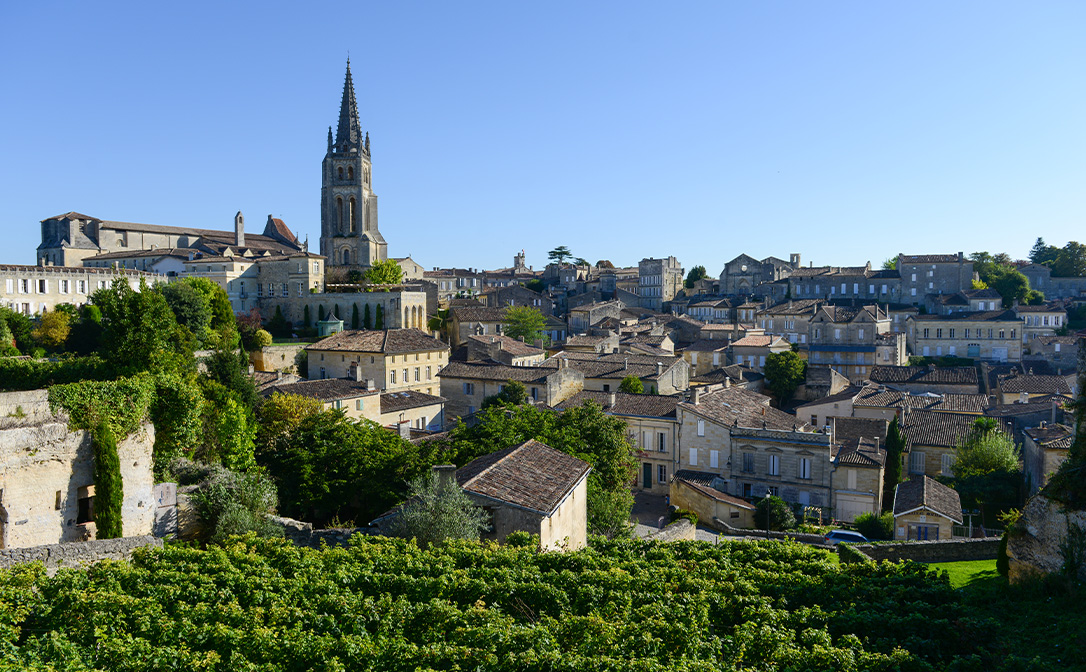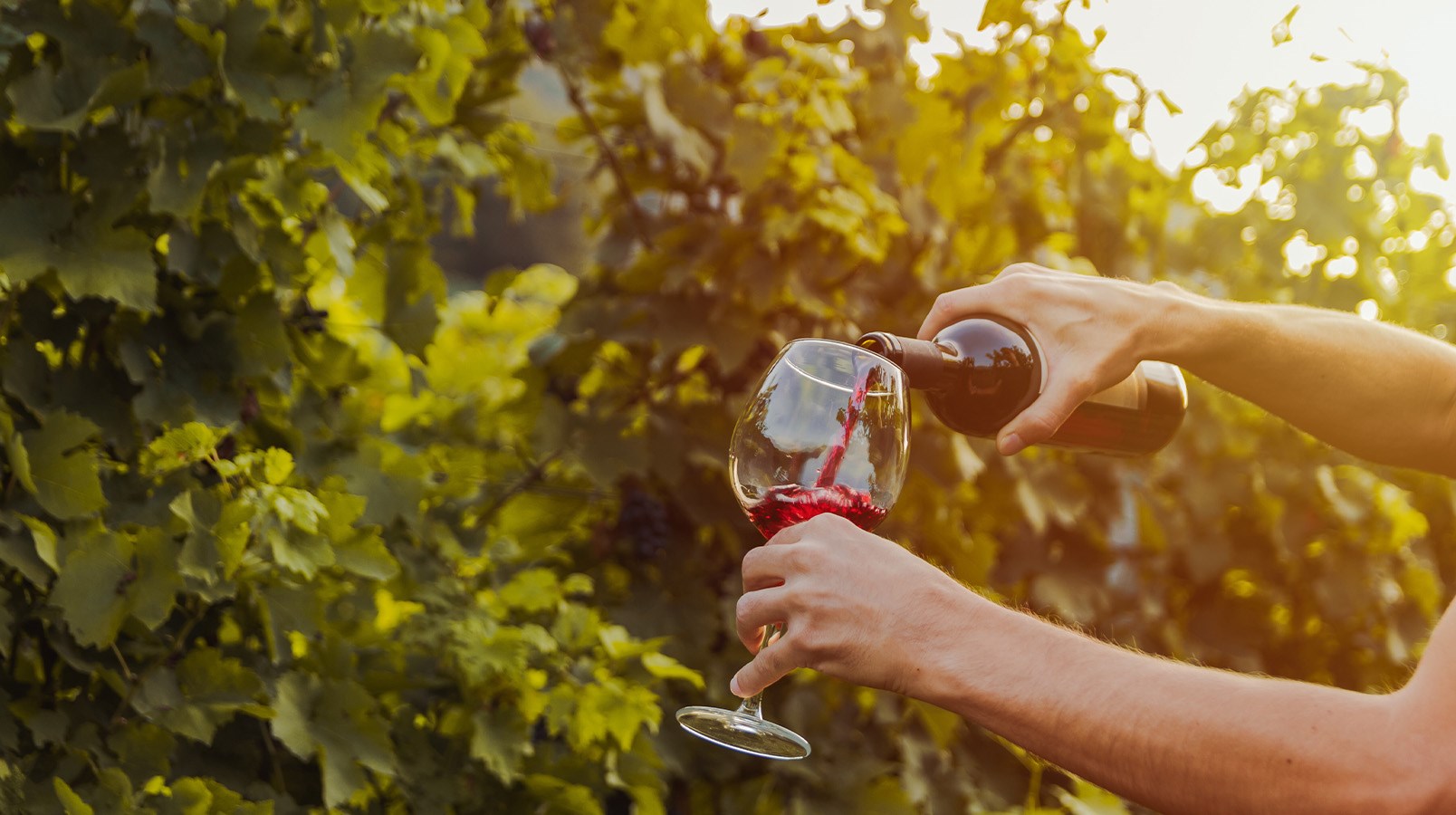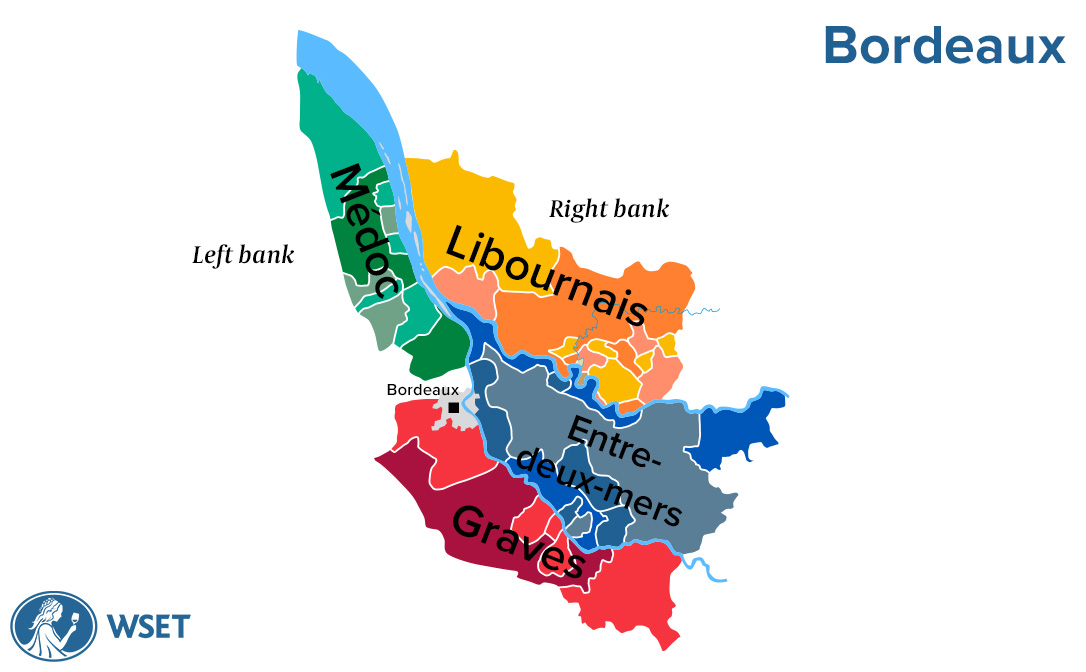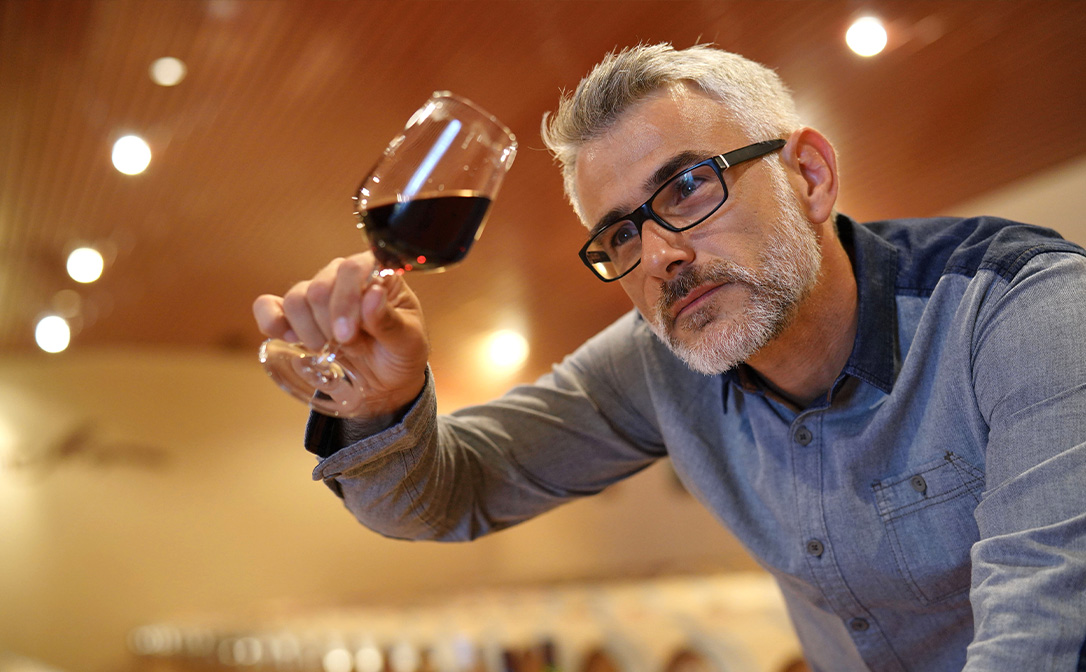Bordeaux wines can be some of the most sought-after in the world, but with a large volume of wine being produced here, what separates the best from the rest?
With a recent total annual sales value estimated at more than €4 billion (Vins de Bordeaux, 2018) and great interest from foreign investors, the region has a reputation for its quality and credibility in wine production.
There is a myriad of factors that contribute to the value and quality of wine; here, we're going to look at just some of the human and natural factors that contribute to Bordeaux’s imperious status. To put this in context, this region makes a huge volume of inexpensive red wine using standard winemaking processes, which include mechanical harvesting and ageing the wine for a short time in stainless tanks. However, for the best wines, a small percentage of the production, a great deal of attention is paid both in the vineyard and the winery to achieve outstanding results.
Interested in learning more? Watch our bite-sized BDX webinar series, originally recorded weekly throughout July 2022, now available on demand here.
What does a vineyard need to make high-quality grapes?
Suitable conditions for vineyards are generally found between 30°- and 50°- latitude on either side of the equator. Within this range, vineyards in closer proximity to the equator are warmer and require cooling influences such as sea breezes or altitude to prevent the vineyard from getting too hot and to retain acidity in the grapes. Yet in reverse, grape growers further from the equator need to maximise warmth and sunlight to fully ripen the grapes.
Alongside latitude, many other factors can affect grape ripening. Even in regions famous for wine production, the location, soil, and aspect of an individual vineyard can make a significant difference to the final wine. The best vineyards are situated on sites which are renowned for having the perfect combination of these natural factors for the grape varieties that are being grown and the style of wine that is being made.
The region is in the southwest of France around 45° latitude, at the cooler end of latitudes suitable for grape growing. It has what is classed as a moderate maritime climate due to its close proximity to the Atlantic Ocean. Historically, the challenge was to ripen grapes but with today’s warmer climate this is now rarely an issue.
Did you know that Bdx’s area under vine, in comparison to many other regions and nations, is colossal? With some 110,000ha planted, it is three-quarters the size of Australia’s total vineyard surface area, 146,000ha, and larger than Germany’s total of 103,000ha (OIV, 2020).
The geography here plays a vital role in the quality of the wines. The rivers in the region, the Garonne and the Dordogne, which merge to form the Gironde estuary, divide the vineyard area into different parts. The vineyards on the west of the rivers, known as the ‘Left Bank’ are protected from the Atlantic Ocean’s weather systems by a large pine forest, the Landes. In the northern Médoc, the forest is less of a feature and the landscape is more open to maritime influence. As a result, its climate is cooler and its wines, in general, are less reputed than those of the more southerly Haut-Médoc and Graves.
The best wines tend to be from years that experience optimal weather conditions. This often entails gentle heat throughout the growing season, sufficient rainfall, and fine, relatively dry and warm autumns that allow for steady and complete ripening. Such years are regarded as the best vintages, giving ripe, healthy fruit with an appropriate balance of tannins, sugar and acidity to allow wines from these vintages to age for an incredibly long time.
The soil is also a fundamental factor and with an average of 950 mm of rainfall a year, the soil needs to have good drainage. If the soil gets too wet, there will be a further cooling influence on the vines in an already cool climate. The Left Bank is made up of gravel and stony soils, mixed with clay and sand. Many of the best estates are planted on gravel mounds known as croupes which provide their vineyards with better drainage after showers and storms. The gravel soils also help to retain heat as the pebbles and stones stay warm from the sun during the evening and facilitate ripening, which is particularly beneficial for a late-ripening grape variety like Cabernet Sauvignon.
The WSET Level 3 Award in Wines is designed to give students a thorough understanding of the factors that account for the style, quality and price of the principal still, sparkling and fortified wines of the world. The qualification itself depends on your ability to make professional evaluations of wines concerning their style, quality and price. Discover more here.

The town of St. Emillion
What does a winemaker need to do to produce top-quality wine?
Many producers and grape growers are known to use particular methods of vineyard management, production choices and maturation techniques, in various areas across the world.
For example, in Bordeaux, top-quality wine producers tend to plant at a high vine density of 10,000 vines per hectare. In such conditions, where soils are relatively infertile and the level of rainfall is generally sufficient, planting the vines close together can encourage competition between them. This reduces the vigour of the vines and results in a balanced canopy that can ripen moderate crop levels fully while being open enough to reduce the threat of fungal disease.
There are many other decisions to make in the vineyard, such as how to manage the canopy in the summer to provide the optimum conditions for the grapes. This can include removing excess leaves to manage the level of light or shade on the grapes. Green harvesting is also widely practised, which involves removing some grape bunches to improve the ripeness of the remaining grapes, which may or may not be needed depending on the weather conditions and location of the vineyard.
In terms of winemaking, depending on whether a wine is white, sweet, red, sparkling or rosé there are a plethora of decisions that winemakers can make which will impact the style and quality of a wine.
Find out more about the techniques winemakers use to make inexpensive and premium wines in internationally important grape varieties. Discover more about the Level 3 Award in Wines here.
Focusing on red Bordeaux, decisions regarding sorting, cap management, fermentation temperature, blending, and maturation in oak barriques are among the key choices for winemakers.
Sorting can be a key process, especially in poor vintages, allowing winemakers to separate healthy ripe grapes from those that are unripe or have been affected by disease. Some estates use expensive optical sorting machines to ensure that only grapes of an exact specification make it into the wine. They’ll generally use pump-overs to manage the cap.
In terms of oak, cheaper wines might use wooden oak chips to give an oak flavour effect but high-quality wines, on the other hand, will be matured in French oak barriques (small barrels of 225 litres) gaining complexity from the flavours imparted by the oak and also the gentle ingress of oxygen that these barrels provide.
Many wines here are blends of different grape varieties and a key decision will be the proportions of each variety that the winemaker uses. Winemakers will also blend wines that have been subject to different winemaking techniques, for example, wines matured in barrels that have different levels of toast, to enhance the balance and complexity of their wines. Estates will either blend over the winter or just before bottling when they can judge the final state of the wine in each variety before blending. Many of the best estates use consultants to assist with this process.
This is a complex yet fascinating region with new trends and ever-changing features. When it comes to quality there are numerous ways in which natural and human factors can influence the final product. But by comprehending the geography, viticultural choices and winemakers’ decisions we can begin to understand the premium reputation that the region holds on the world stage.
This article was written by Marcus Hill, Digital Marketing Executive, WSETGlobal | Instagram | Twitter.
Related content:
- An introduction to English wine
- Behind the grape: Chardonnay in the US
- How to read a wine list in a restaurant or bar




